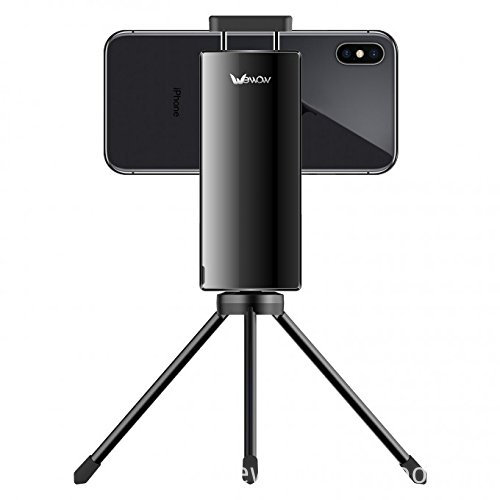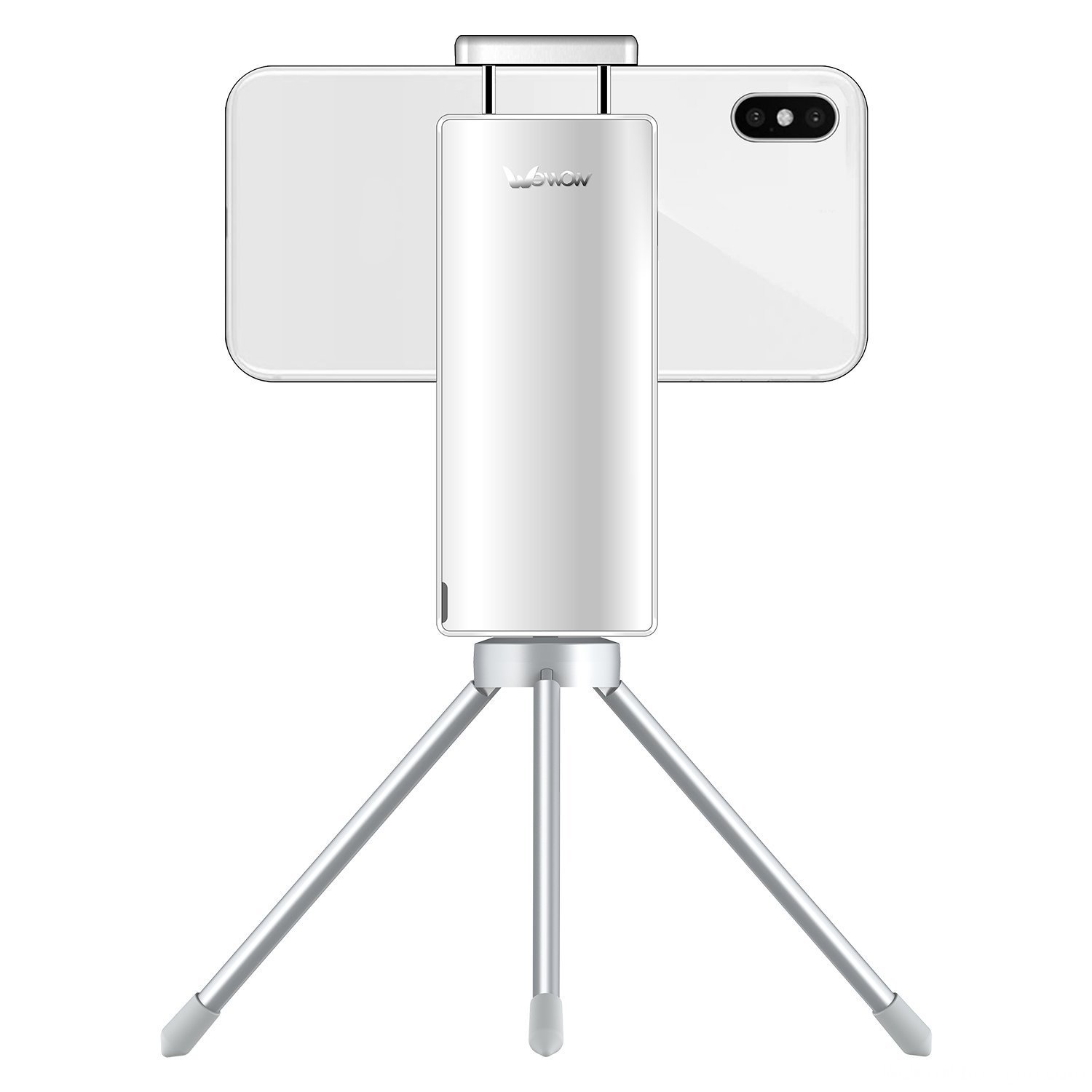The video signal is directly transmitted through the coaxial cable, which will cause amplitude attenuation and frequency distortion. That is, different frequency components have different attenuation, and the higher the frequency, the greater the attenuation. The amplitude is attenuated, causing the contrast to decrease. High frequency attenuation causes a reduction in clarity. The actual measurement shows that when the commonly used 75-7 cable is 250-300 meters, the distortion caused exceeds the requirements of China's television standards. The EV-2010A weighted video amplifier can effectively compensate for the actual attenuation characteristics of the 75-ohm coaxial cable over the entire distance and frequency band. The maximum effective compensation distance can reach more than 2500 meters (75-5 cable can be converted by 60% to reach more than 1500 meters). Here are some views on related issues for exchange and discussion.
A) PAL video standard: video transmission 0-6M frequency response is limited to 0.5-5M bandwidth, up and down fluctuation is limited to ± 0.75db, 6M is limited to +0.75 ∽ -3db; this is the main feature, there are some other distortions Degree index requirements. In general 420-480TVL medium and high definition camera video signals, the frequency component of 4-6M cannot be ignored. Of course, the shots (framing) are different, and the various frequency components of the video signal are also different. Lenses with small changes in details (such as a light wall) have weak high-frequency components; lenses with large changes in details (such as flowers and hair) have rich high-frequency components. Therefore, it is limited to judge the image quality based on only a certain TV picture. The responsibility of the contractor should be to reduce the distortion of the video signal as much as possible, and give full play to the performance level of the camera to achieve the best possible satisfaction.
2) Video standard signal source In order to detect the quality of the video control equipment, transform (switch, distribute, amplify) equipment, and transmit (different media, different transforms and modulation and demodulation) equipment, a standard video signal source is needed to produce several distortion Special video signal with zero degree. One is a continuous sweep video waveform with a sweep range of 0.2-6M and an amplitude of 700Mv. The frequency response of the device can be detected very intuitively. There is also a similar multi-burst video signal. Each group is a fixed frequency, and the six groups are 0.5 / 1.0 / 2.0 / 4.0 / 4.8 / 5.8M from low to high. Using this waveform to study cable attenuation and compensation is very intuitive and easy to understand.
3) Frequency distortion of video cables Different cable models have different characteristics, different manufacturers and different batches of cable have different performance. Here we take a typical 75-7 cable as an example for analysis and introduction. Video signal transmission through the cable will cause low-frequency amplitude attenuation and high-frequency distortion. The higher the frequency, the greater the attenuation. At the same time, it is noted that the line sync head is distorted, and the color burst head amplitude is seriously reduced. A set of typical 75-7 cable 1000M different frequency attenuation test data is shown in Table 1:
Length (1000m) 0.5M --- 1.0M --- 2.0M --- 4.0M --- 4.8M --- 5.8M
Decibels ...- 4.18db-6.15db-8.52db-11.0db-11.6db-12.6db
Multiple ... 61.8% ... 49% ... 37.5% ... 28.2% ... 26.3% ... 23.4%
For the 5.8M frequency component, the attenuation of 2500m cable can reach -31.5db (2.67%). This is the actual concept and meaning of frequency distortion. Based on the above analysis and practical experience, we have summarized the following points for your reference:
1. Video coaxial cable can be understood as a kind of frequency "de-emphasis" device because of its different attenuation characteristics for different frequency components;
2. The cable has frequency "de-emphasis" characteristics, so the "cable video compensator" should be a device with frequency "emphasis" (or "weighting") characteristics. We call it "weighted video amplifier", referred to as "weighted video playback";
3.75-7 Cables over 200m should consider weighted compensation.
4. The requirements for video weighted compensation are:
â‘ The amplitude should be able to increase to greater than 1Vp-p;
â‘¡Frequency compensation must be weighted compensation in the full range of 0-6M (low-end light, high-end heavy);
â‘¢ The compensation characteristic must be opposite to the cable attenuation characteristic;
â‘£ The compensation distance should be as large as possible;
⑤ The compensator must have a full range of continuously adjustable effective control functions for the above compensation;
â‘¥ The problem of convenient and accurate debugging methods on the engineering site must be solved (many products fail to solve this fundamental practical problem).
4) The problem of "front compensation" and "back compensation" is whether the compensation position is at the front or the end of the cable, and the surface looks the same. Therefore, some product introductions say that the compensation distance of one amplifier is 1500 meters, and one is placed before and after the cable to compensate 3000 meters. We can't believe this. Because the two are completely different in technical implementation. The back compensation is the amplification and compensation of small signals below 1 volt, and the maximum dynamic range is 1 volt. The opposite of the front compensation is that the standard signal of 1 volt is first amplified and frequency weighted to compensate for cable attenuation. For example, for a 1500m 75-7 cable, the 5.8M frequency attenuation is -18.9db, which is an attenuation of 8.8 times. Before compensation, this frequency component should be amplified by 4.26 times. This requires 0.7V * 8.8 = 6.16V. The attenuation of the line sync head is -6.27db (2.06 times), that is, it is required to increase to 0.3 * 2.06 = 0.618V. The sum of the two items is the "peak-to-slit" value of the video signal, which is 6.16 + 0.618 = 6.778V. This is the dynamic range on a 75 ohm load, and the dynamic range of the actual output of the amplifier should be 6.778 * 2 = 13.556V, which is difficult to achieve with conventional circuits. In other words, after long-distance cable compensation is effective, before compensation is invalid, even harmful due to distortion.
Single-axis smartphone stabilizer is a pivoted support that allows the phone staying stabilized.
With a gyro-stabilized gimbal system, it keeps stabilized or steerable horizon with automatic calibration
to give you an unprecedented smooth shooting experience.

1axis smartphone gimbal are designed as pocket size, portable and easy to take.
You can carry it as easy as smartphone!


Wewow focusing on handheld stabilizer is a technology company which does R & D independently.
With Wenpod series product released, the company achieved the industry's praise and quickly became
the leader of the smart stabilizer industry.
Our service
1. Reply to you within 24 hours.
2. Already sample: within 1-2days.
3. Shipping date: within 24 hours once get the payment.
4. 12 months warranty.
5. After-sales service, solve within 3 working dates.
If you have any questions, please contact with us directly.
Wewow appreciates domestic and international business relationship!
Single-axis Smartphone Stabilizer
Single-Axis Smartphone Stabilizer,Professional Single-Axis Smartphone Stabilizer,Smartphone Stabilizer With Single Handheld,Single-Axis Smartphone Gimbal Stabilizer
GUANGZHOU WEWOW ELECTRONIC CO., LTD. , https://www.stabilizers.pl